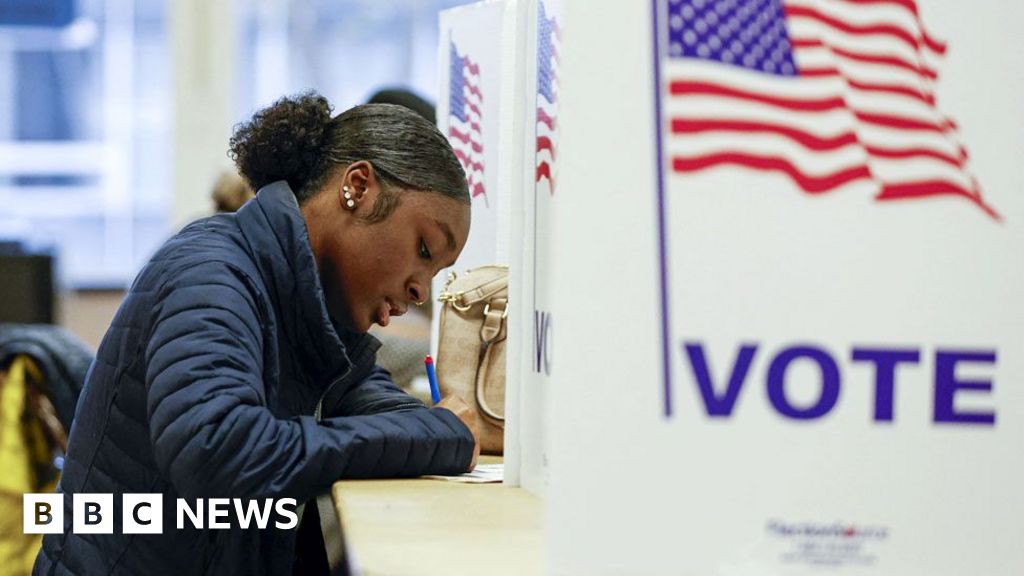In most US states the outcome of the presidential vote is all but certain. But there are seven key battleground states that will decide this election.
Not all battleground states are created equal, however. Each candidate has a “wall” of three states that offers the most direct path to the White House.
Harris’s so-called “blue” wall, named for the colour of the Democratic Party, stretches across Pennsylvania, Michigan and Wisconsin in the Great Lakes region. It has been the subject of much political conversation since 2016, when Trump narrowly won all three traditionally Democratic states on his way to victory.
Joe Biden flipped these states back in 2020. If Harris can hold them, she doesn’t need any other battleground, as long as she also wins a congressional district in Nebraska (which has a slightly different system in how it awards its electoral college votes).
That explains why she has spent the bulk of her time in these blue wall states during the campaign’s final stretch, with full days on the ground in each.
On Monday night, she held her final rally in Philadelphia, Pennsylvania, at the top of the 72 steps leading to the city’s Museum of Art, which Sylvester Stallone’s fictional boxer Rocky climbed in the film of the same name – before narrowly losing to his opponent, Apollo Creed.
Trump’s “red wall” sits along the eastern edge of the US. It is less talked about but equally important to his electoral chances. It starts in Pennsylvania but stretches south to North Carolina and Georgia. If he carries these states, he will win by two electoral votes, no matter how the other battlegrounds vote.
That explains why he’s held five events in North Carolina in just in the last week.
The overlapping point on each of these walls, of course, is Pennsylvania – the biggest battleground electoral prize. Its nickname, the Keystone State, has never been more appropriate.

